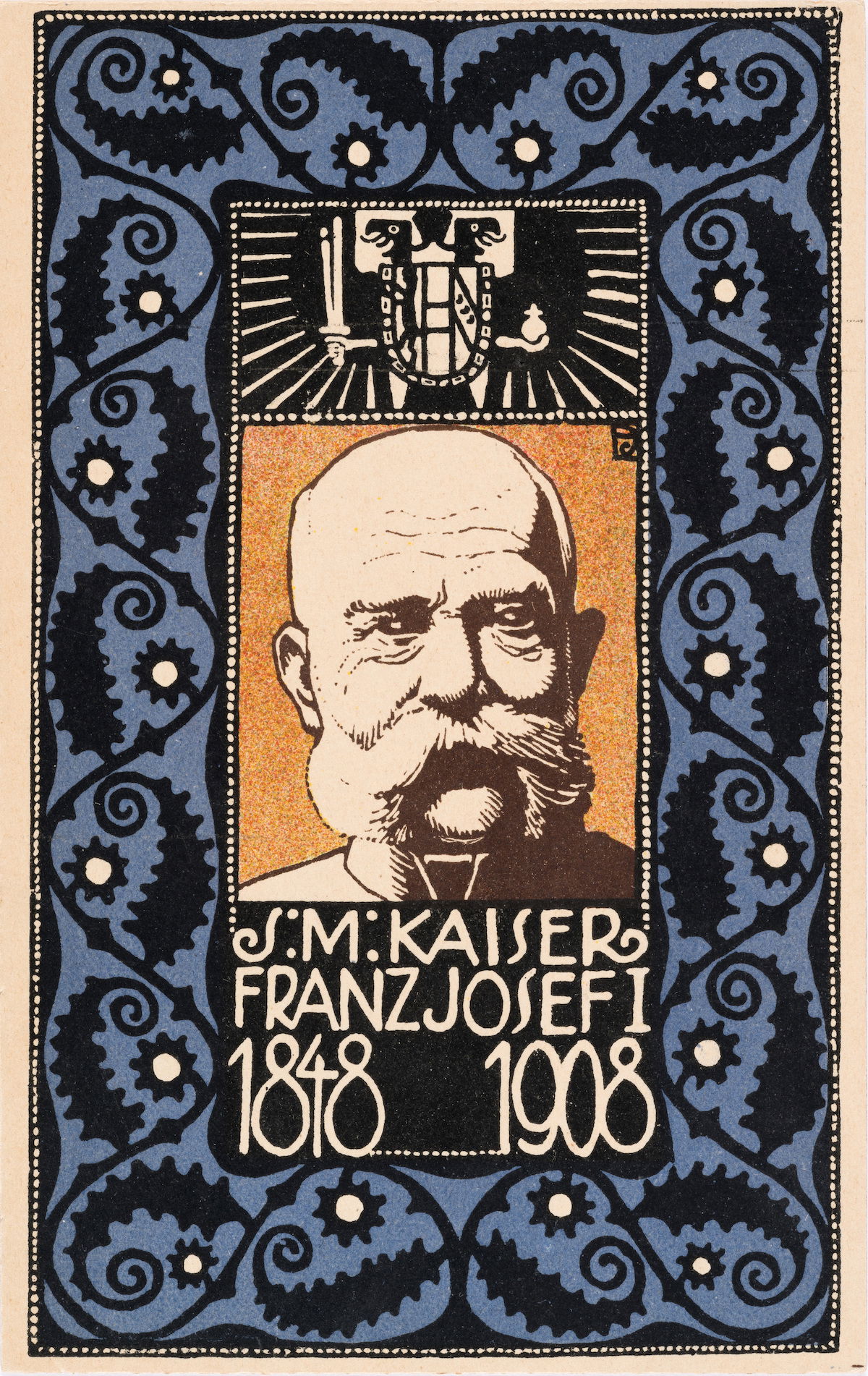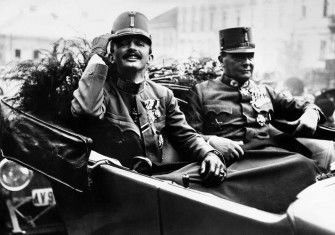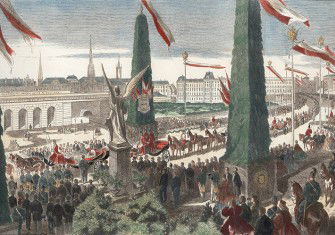‘The Life & Death of States’ and ‘Vienna’ reviews
New books by Natasha Wheatley and Richard Cockett explain how for all its apparent anachronism the Hapsburg empire, and its capital, shaped the modern world.

In 1867 the Habsburg emperor Franz Joseph announced he was splitting his patrimony in two. For over a decade he had ruled it as a single Austrian Empire despite it being a collection of dozens of historical kingdoms, duchies and crownlands amassed by his family over the centuries. The biggest was the Kingdom of Hungary, whose fiercely patriotic elites always resented rule from Vienna. Now it was to be given de facto sovereignty, remaining bound to the other half of the monarchy through a shared monarch (emperor in one half, king in the other) and common ministries of foreign affairs and defence. To the outside world they would still appear as one. And yet citizenship was not one of their shared features.
Instead, Franz Joseph’s subjects would be citizens of Hungary or of ‘The Kingdoms and Lands Represented in the Imperial Council’. State delegates sent to sign the treaty establishing the Universal Postal Union in 1874 preferred to sign it in the name of ‘Austria’ instead of this word salad. They were joined by a Hungarian delegation signing for their more clearly defined ‘Hungary’. But were the two not meant to be one internationally?
This is probably what the organisers of the 1902 international sugar convention in Brussels were asking themselves when three different diplomatically accredited delegations arrived from some vast state with its capital in Vienna that apparently could not decide what it was. One came from Austria, another Hungary, a third from Austria-Hungary. All three appeared as separate signatories to the convention.
Even experts from the monarchy described this bizarre political entity in increasingly verbose and precise ways as a ‘state of states’, a ‘monarchical federal state’, a ‘real union of two constitutionally and administratively independent states’ or a ‘gradual growing-into-one of different states over the course of history’ (the original German Allmäliges Ineinswachsen verschiedener Staaten im Laufe der Geschichte does not roll off the tongue, either).
At the time and long after its collapse in 1918, the Central European empire ruled by the Habsburgs colloquially known as Austria-Hungary has been viewed with a mixture of incredulity and disgust by foreign observers. Words such as ‘ramshackle’, ‘anachronism’ and ‘monstrosity’ generally sprung to mind when trying to make sense of it, or perhaps when deciding it would be better to erase it from the map entirely lest the headache of trying to understand it get any worse.
As the constitutional confusion Natasha Wheatley describes in her The Life and Death of States shows, Austrian (and Hungarian) citizens were no less confused about their own country than foreign observers were. Indeed, as she argues with verve and erudition, an entire discipline of constitutional or public law sprung up in the monarchy as an attempt to make sense of its complicated structure as it had developed over the centuries.
Their insights and arguments were relevant not just for Central Europe, but the whole world. The conclusions and insights resulting from their debates around sovereignty and statehood reverberated worldwide over the course of the 20th century, as empires and their colonies, dependencies and vassals were refashioned into sovereign nation-states.
Despite its seemingly anachronistic character, the citizens of Hungary and of ‘The Kingdoms and Lands Represented in the Imperial Council’ were at the cutting edge of just about everything. The subtitle of Richard Cockett’s Vienna is not far off the mark in claiming that the city created the modern world. Economists, artists, philosophers, political theorists, sociologists, psychologists and – as Wheatley shows – lawyers, educated in Austria-Hungary, revolutionised countless fields.
When the monarchy was destroyed, many of those brilliant minds made their way abroad. Figures like Freud, Hayek and Wittgenstein are among the best-known examples, but countless lesser-known ones reshaped the world. There were Viennese behind innovations in management theory, marketing, shopping malls, modernist architecture, the science of sex and much more. Perhaps no group of Viennese exiles were as influential as those of the Austrian School of economics, whose theories propelled the neoliberal revolution in the 1980s and beyond.
Vienna is precisely the kind of readable but informative history to be expected from an editor of the Economist. The Life and Death of States is certainly not for the faint of heart. But it is a richly rewarding book so packed with insight that it requires as much time for digesting as for reading. The two books are very different in both style and tone but share a common insight: Austria-Hungary, and its great imperial capital of Vienna, has shaped the modern world more than any of us care to realise.
Both books provide their own explanations as to why it came to be so. Wheatley gracefully unpacks the complicated constitutional issues faced by inhabitants of the Habsburg monarchy and how they spurned radically creative approaches into the nature of sovereignty and statehood. Cockett provides a panoramic portrait of Viennese culture and society in the late 19th and early 20th century, looking at the hopes and anxieties that drove the intellectual revolutions eventually spread by the Viennese across the world. Austria-Hungary may indeed have been an anachronistic ramshackle monstrosity, but it was an inspirational one.
- The Life & Death of States: Central Europe & the Transformation of Modern Sovereignty
Natasha Wheatley
Princeton University Press, 424pp, £38
Buy from bookshop.org (affiliate link)
-
Vienna: How the City of Ideas Created the Modern World
Richard Cockett
Yale University Press, 464pp, £25
Luka Ivan Jukic writes on Central Europe.






